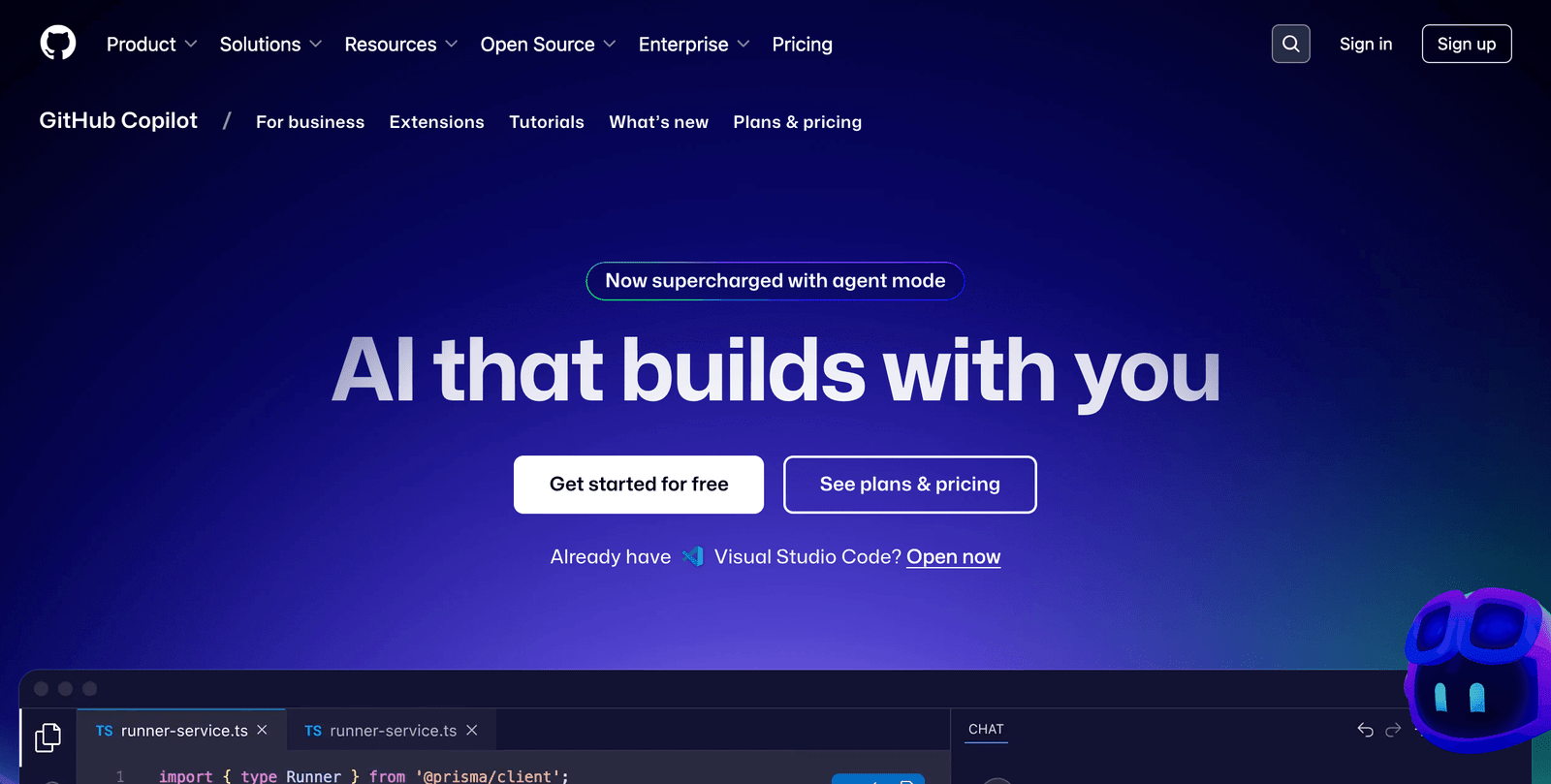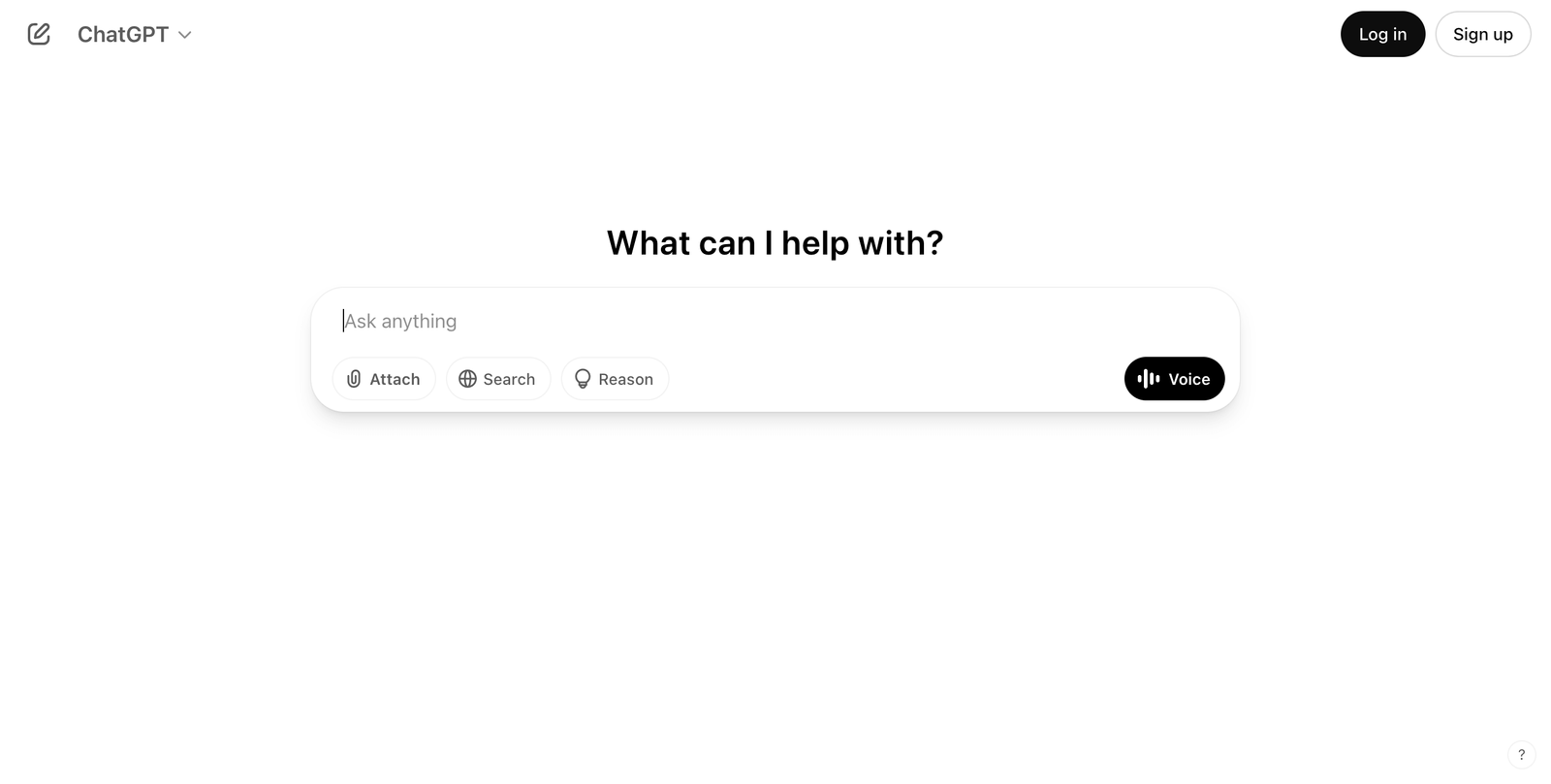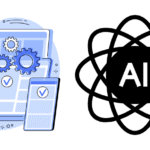Trying to choose between GitHub Copilot and ChatGPT for your coding tasks? This guide breaks down how each tool works, what they’re good at, and which one fits your workflow.
AI tools are rapidly transforming how developers write, debug, and understand code. Two standout tools leading the charge are GitHub Copilot and ChatGPT. While both come from OpenAI’s powerful models, they offer very different user experiences and are optimized for different use cases.
What is GitHub Copilot?

GitHub Copilot is an AI pair programmer built directly into your code editor. It suggests lines of code, functions, or even full modules as you type.
How it works:
Install it as an extension in your favorite code editor like Visual Studio Code. As you write code, Copilot suggests completions based on the context of your current file.
Powered by:
Copilot runs on Codex, a language model trained by OpenAI on public GitHub repositories and other codebases.
Main features:
Real-time code suggestions
Copilot auto-completes your code while you work, making real-time suggestions that speed up development.
Supports multiple programming languages
From Python and JavaScript to Go and TypeScript, Copilot handles a wide range of languages, making it versatile for developers.
Context-aware suggestions
It reads the code in your current file to tailor its output. Whether you’re writing a loop or a class method, it aligns with what you’ve already typed.
Pros:
Boosts productivity with faster, context-based code generation
Excellent for learning syntax and coding patterns in unfamiliar languages
Reduces repetitive coding tasks like boilerplate code or data handling routines
Cons:
Potential over-reliance may limit deeper understanding of the code
Legal gray areas around code suggestions derived from licensed open-source projects (details)
Occasional errors in logic, syntax, or context understanding
What is ChatGPT?

ChatGPT is a general-purpose conversational AI designed to respond to prompts across countless topics—including programming help, documentation, and logic debugging.
How it works:
You type a question or problem into a chat interface. ChatGPT replies with natural language text that might include code, explanations, or suggestions.
Powered by:
ChatGPT is built on OpenAI’s GPT-4 architecture (or GPT-3.5 in the free tier), trained on a mixture of text data from books, websites, forums, and some coding resources.
Main features:
Conversational interaction
You can ask follow-up questions, clarify details, or switch topics entirely. The back-and-forth style mimics human conversation.
Broad knowledge base
ChatGPT can help with more than just coding—it can assist with writing, brainstorming, learning, or even project planning.
Tone and complexity control
Ask ChatGPT to explain a concept to a beginner or summarize complex ideas with simplicity.
Pros:
Flexible and fast responses across domains
Great for understanding code and exploring ideas
Helpful for learning new concepts, comparing approaches, or generating full code snippets
Cons:
Occasional inaccuracies or outdated information—double-check everything!
Lacks memory by default (unless you’ve enabled memory features)
Not specialized for IDE integration, so you must copy-paste between environments
Key Differences Between Copilot and ChatGPT

While they both assist developers, their strengths lie in different workflows.
Use Case:
GitHub Copilot: Works inside IDEs like VS Code, suggesting code as you type
ChatGPT: Acts as a coding assistant via chat, ideal for debugging, explanations, and generating examples
Input and Output:
Copilot: Input is code → Output is in-line code suggestions
ChatGPT: Input is text → Output is conversational text, which may include code
Training Data:
Copilot: Trained on public GitHub codebases
ChatGPT: Trained on a broad mix of text data, including code, documentation, and web content
Interface:
Copilot: IDE extension (VS Code, JetBrains, etc.)
ChatGPT: Web or mobile app, API access
Context Handling:
Copilot: Automatically reads your active file/project
ChatGPT: Requires you to describe the context in your prompt
Code Generation Styles
GitHub Copilot:
Best for real-time code completion
Ideal for repetitive patterns, boilerplate, or autocomplete
ChatGPT:
Great for code walkthroughs, explanations, and entire scripts
Useful when you need custom solutions or want to explore different approaches
What They Have in Common
Despite their differences, both tools:
Are powered by OpenAI
Use deep learning to understand code and language
Aim to enhance developer productivity
Continue to improve with frequent updates
Quick Comparison Table
| Feature | GitHub Copilot | ChatGPT |
|---|---|---|
| Use case | In-editor code suggestions | Conversational AI assistant |
| Input | Code | Natural language text |
| Output | Code completions | Text answers (with optional code) |
| Training data | Public GitHub repos | Books, websites, documentation, some code |
| Interface | IDE plugin (e.g., VS Code) | Web app, mobile app, API |
| Context awareness | Reads current file/project | Based on typed prompt |
| Best for | Developers writing and editing code | Debugging, brainstorming, full examples |
Which Tool Should You Use?
The right tool depends on how you code, where you code, and what kind of support you need while building software. GitHub Copilot and ChatGPT serve different roles in a developer’s workflow, and understanding their strengths can help you get more done with less friction.
Choose GitHub Copilot if:
You work primarily in VS Code or another IDE
Copilot is designed to live inside your development environment. If you spend most of your time in Visual Studio Code, JetBrains, or other supported IDEs, Copilot becomes an invisible assistant that works alongside you without requiring you to switch contexts. It’s ideal for developers who want to stay focused and avoid bouncing between tools.
You want fast, context-aware code completions
As you type, Copilot reads the surrounding code and offers relevant suggestions in real time. This means you can move quickly through repetitive tasks, like setting up routes, writing test cases, or building UI components, without writing every line manually. It reduces the time spent on boilerplate, and you get tailored completions based on your file’s content.
You’re optimizing for coding speed
If productivity is your top priority, especially during tight sprints, hackathons, or rapid prototyping, Copilot helps you move faster. It cuts down the number of keystrokes required to produce working code and is especially helpful when you’re familiar with what needs to be done but just want to write it faster.
Choose ChatGPT if:
You need help understanding problems
ChatGPT shines when you’re stuck or unsure how to approach a coding issue. Whether you’re debugging an error message, trying to grasp how a new library works, or exploring different algorithm options, ChatGPT acts like a knowledgeable mentor. It provides explanations, compares alternatives, and walks you through solutions, step by step.
You want full code templates or conceptual overviews
Unlike Copilot, which suggests snippets based on your file, ChatGPT can generate full project templates, configuration files, or entire functions from just a prompt. If you’re starting from scratch or learning a new technology, it can generate boilerplate and explain the logic behind it. It’s a great way to explore “why” behind the “how.”
You’re working across different tasks, not just writing code
ChatGPT isn’t limited to code. It can help you write documentation, generate commit messages, plan feature sets, or even draft a README file. If your day involves coding as well as technical communication, architecture planning, or research, ChatGPT offers a more holistic experience that goes beyond line-by-line code suggestions.
Use GitHub Copilot when you’re in the middle of coding and want quick, context-relevant suggestions to speed up your workflow. Use ChatGPT when you need deeper understanding, guidance, or full responses that span coding and non-coding tasks. Many developers benefit from using both, Copilot for the “doing” and ChatGPT for the “thinking.”
Other Tools to Explore
Still deciding? You might also consider:
Claude – Safer conversations, built by Anthropic
Gemini – Google’s conversational AI
Microsoft Copilot – Integrated into Office tools
Tabnine – AI code completions for multiple languages
Replit Ghostwriter – Built into the Replit IDE for in-browser coding help
GitHub Copilot is best when you’re writing code live inside an IDE. ChatGPT is better for brainstorming, learning, and generating code via prompts. They can work together, Copilot for real-time help, and ChatGPT for deeper understanding and longer-form responses.







